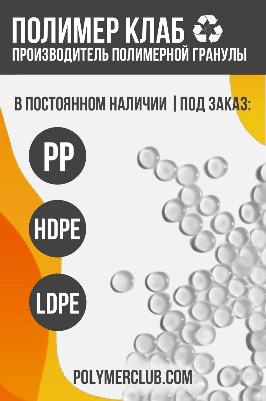Tantec A/S
Industrivej 6
http://www.tantec.com
+45 75585822
Surface treatment with Plasma treatment technology offers innovative solutions to adhesion and wetting problems in many industries. Component preparation is an important step prior to bonding, painting, varnishing and coating processes. Plasma treatment provides an economical solution for the cleaning and activation of component surfaces before further processing. Plasma surface treatment improves wettability and adhesion of ink, glues and coatings on many different surfaces. If you need to understand the technology behind the surface treatment technology, we advice you take a look at our article about: Surface treatment and how it works. Our Plasma Treatment equipment and products are cost-effective Plasma treatment provides surface treatment and an economical solution for the cleaning and activation of complex surfaces before further processing. This is especially true for profiles with complex surfaces, that cannot be treated using regular corona treatment mechanisms. Our plasma surface treatment equipment is used for long-term adhesive bonding of plastics and metals, and we have many customizable solutions suiting your company and your products. Plasma treatment is used in almost all industrial manufacturing processes, and we have more than 40 years of experience in delivering the right equipment for surface treating any material. We offer different types of Plasma Treatment systems and Plasma treaters: PlasmaTEC - Atmospheric Plasma Generator VacuTEC - Vacuum Plasma Treater VacuLAB - Unit for Lab Testing and Minor Production RotoVAC - Plasma treatment of plastic parts ProfileTEC - Plasma Treatment of Profiles Use Tantec Plasma Treatment products prior to any coating, printing or adhesion On an industrial level, plasma treatments are used for treating surfaces of various materials prior to any coating, printing or adhesion. Therefore, it can also be referred to as a kind of pretreatment of surfaces. Plasma treatment removes any foreign contaminants present on the surface of a material making it suitable for further processing. Materials like plastics are prone to lose any type of printing or coating done on their surfaces because of their glossy texture, unless treated. Plastics are made up of polypropylene and are homopolar which means that they do not bond that easily. Applying plasma treatment on such plastic surfaces can result in an effective pretreatment of surface activation before any gluing, printing or lacquering can take place. Similarly, materials like ceramics and glass can also be treated with plasma. Usually, industrial oxygen is used in plasma treatment as a process gas, hence the title: oxygen plasma. However, atmospheric air is also referred to as atmospheric plasma. Depending on the type of material that is to be treated with plasma, effects can remain prominent for just a few minutes or even months.



